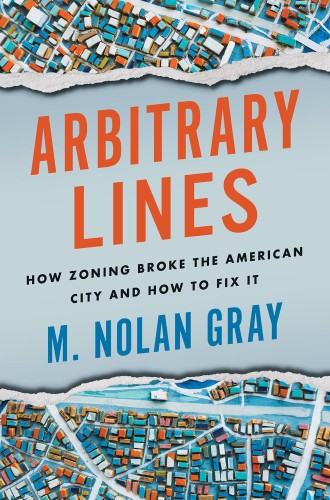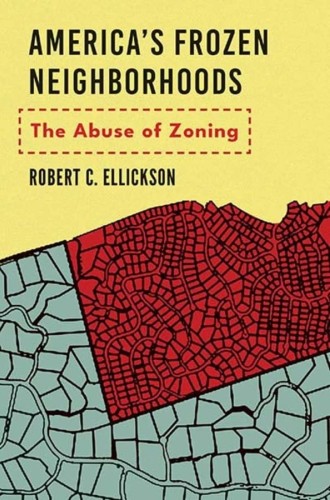The unzoned city of God
Two new books help explain one of the main public policy drivers of the affordable housing crisis.
If affordable housing has become a watercooler conversation of our time, zoning reform is one of the next logical topics of interest. In their new books, Nolan Gray and Robert Ellickson take up the topic of zoning. Both assign the bulk of solving the broken system to the same group of people, but the books have quite different audiences and styles.
It might be helpful to pause here and provide a dictionary definition of zoning. Merriam-Webster defines it as “the act or process of partitioning a city, town, or borough into zones reserved for different purposes (such as residence or business); also : the set of ordinances by which such zones are established and regulated.” Why zoning was created is, perhaps surprisingly, a question with more than one definitive answer. There are also multiple answers to whether zoning is good or bad and whether it can be reformed. Gray and Ellickson’s books can help launch important discussions about where we started with zoning and where we might go as municipalities and as a country.
Gray is a professional city planner with experience in zoning policy in New York City. He currently lives in Los Angeles, where he is completing a PhD in urban planning. Arbitrary Lines is written not only for city planners but for citizens like me who care about city planning but hold no degrees or formal training. I have been to just enough city council and planning and zoning meetings to laugh somewhat knowingly at Gray’s anecdotes and asides. For example, after encouraging readers to explore their own city’s zoning map, Gray writes, “Neither I nor Island Press can be held liable for any emotional distress you experience while trying to make heads or tails of your local zoning code!”






